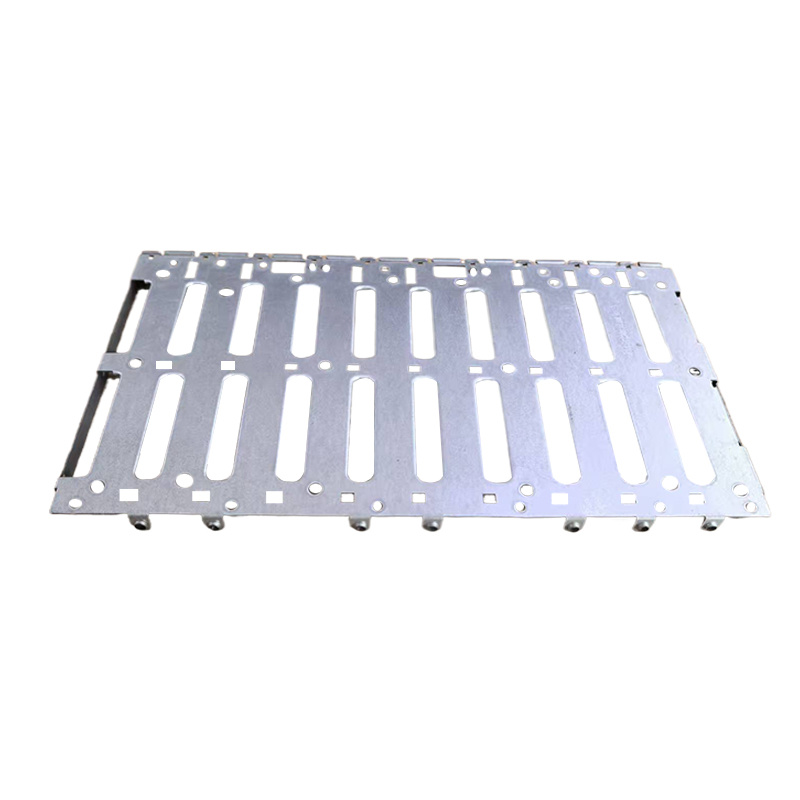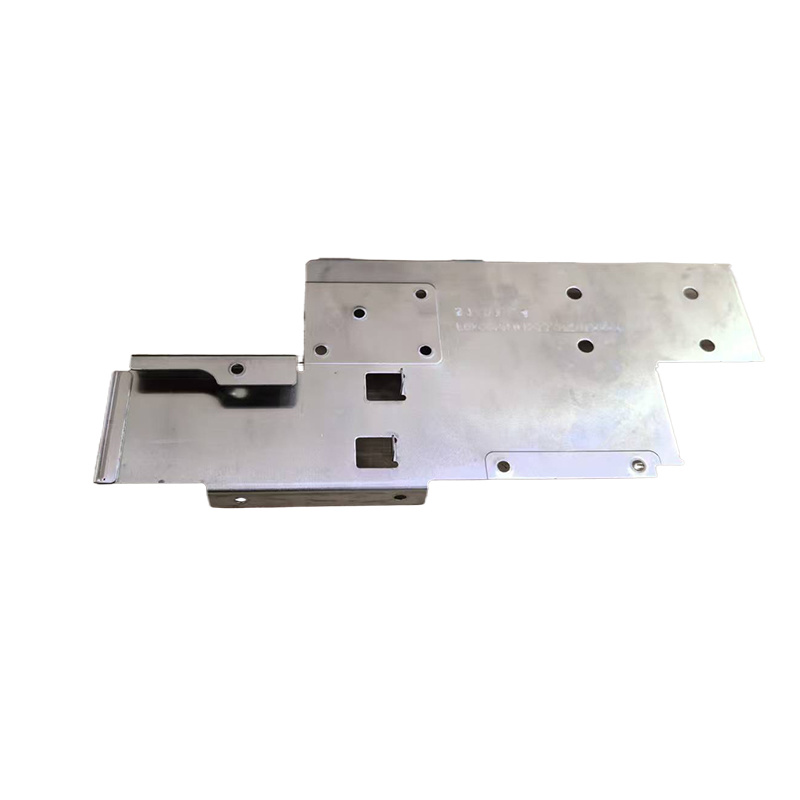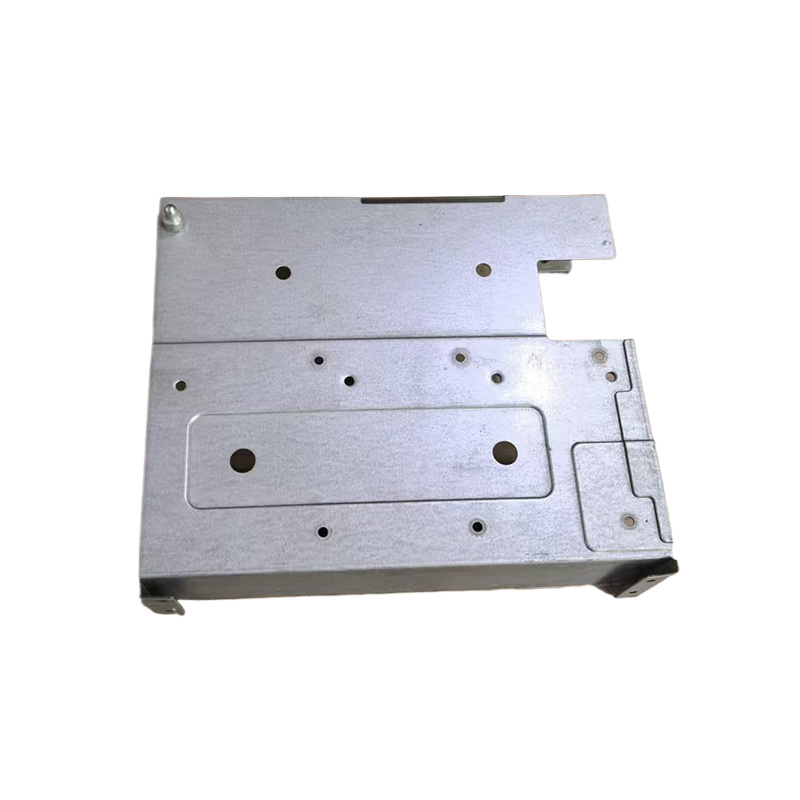Automotive parts
- Commodity name: Automotive parts
- Product Description
-
Classification of automotive components
Automotive components come in a wide variety and can be roughly divided into several major categories based on their functions: power system, transmission system, steering system, braking system, suspension system, body and accessories, and electrical system. The power system mainly includes the engine and its accessories, which is the heart of the car responsible for providing power; the transmission system is responsible for transferring the power generated by the engine to the wheels, enabling the car to move; the steering system ensures that the driver can control the direction of the vehicle; the braking system ensures that the vehicle can stop safely when needed; the suspension system absorbs road vibrations to improve ride comfort; the body and accessories include the chassis, body shell, seats, windows, etc., which are the main structure of the car; the electrical system encompasses lighting, signaling, entertainment, air conditioning, and other electronic devices that enhance convenience and comfort in vehicles.
Technological development trends of automotive components
With advancements in technology, the automotive components industry is undergoing unprecedented changes. Lightweight design is one of the important trends in current automotive component development. By using lightweight materials such as aluminum alloys and carbon fiber to replace traditional steel materials, it is possible to effectively reduce vehicle weight, decrease fuel consumption, and improve energy efficiency. Intelligence and connectivity are another major trend; the rise of autonomous driving technology has driven the research and application of key components such as sensors, radars, cameras, and control algorithms, enabling vehicles to perceive their environment more intelligently, predict risks, and respond accordingly. At the same time, the trend towards electrification is becoming increasingly evident; the popularity of electric vehicles has made components such as batteries, motors, and electronic control systems for new energy vehicles a research hotspot. Additionally, the application of environmentally friendly materials and improvements in recycling technology are also key to sustainable development in the automotive components industry.
Impact of automotive components on the automotive industry
The innovation and development of automotive components directly drive progress in the entire automotive industry. On one hand, high-performance and high-reliability components enhance overall vehicle quality, extend vehicle lifespan, reduce maintenance costs, and increase consumer willingness to purchase cars. On the other hand, research and application of new energy vehicle components accelerate the green transformation of the automotive industry, helping to achieve energy-saving and emission reduction goals in response to global climate change challenges. Furthermore, global procurement of automotive components and optimization of supply chains promote international technological exchange and cooperation, improve production efficiency, reduce costs, and enhance international competitiveness in the automotive industry.
Key words:
Product inquiry
If you are interested in our products, please leave your email, we will contact you as soon as possible, thank you!
Related Products
OEM
From precise design drawings, to rigorous production processes, to strict quality testing, we always uphold the spirit of ingenuity, the pursuit of every detail of the perfect. Our team has a wealth of industry experience and technical strength, according to your specific needs, to provide personalized customized services, to ensure that each product can meet your expectations.











